2022/10/18
Part 3: Electric Linear Actuators With Integrated Safety Option
News and Articles
Welcome to part three of our six-part discussion on the basics of an electric linear actuator and factors to consider when purchasing an actuator. In this installment, we will cover the safety feature options within an electric actuation system.
Depending on the environment and duress that the actuator will be operating in and undergoing, it is wise to reinforce the actuator's stability and strength. Since TiMOTION is a vertically integrated electric actuator manufacturer, we can customize these features to customers' needs. Some safety feature options to consider are:
A. Overload Clutch
The overload clutch is a built-in device that slips when the electric actuator reaches a pre-set load limit. The overload clutch connects and disconnects the motor from the lead screw. This slippage prevents the linear actuator from incurring possible damage. The overload clutch is a great safety feature option on our MA1 industrial linear actuator.
B. PTC Thermistor
A PTC Thermistor essentially acts as a fuse that cuts the motor's power, protecting the motor from overheating and burning out. Our electric motors have a UL certification option with a PTC Thermistor installed inside. For over a century, Underwriter Laboratories (UL) has been a world leader in product safety and certification to nationally recognized safety and suitability standards. TiMOTION ensures our products go through proper outside testing to receive UL certification.
C. Safety Nut
A safety nut is a metal-reinforced acme drive nut used to help the linear actuator support a higher load. A safety nut is recommended for loads of 6,000N or more. TiMOTION's durable electric linear actuators also can add this feature to ensure the actuator's strength and integrity.
D. Push-Only Nut
A standard drive nut will have threads to screw into the extension tube, whereas a “push only” nut won’t have threads. This prevents obstructions (animals, people, other furniture, etc.) from being damaged by a retracting linear actuator system. An example of where this can be helpful is a recliner. If the recliner's foot is going from an extended to a retracted position and there is an object below the chair's feet, the chair's foot will not continue to push force on the object with which it comes into contact. Our TA31 and TA50 indoor linear actuators would be used in this sort of application.
E. Quick Release
The quick-release is a handle or cable that allows the actuator to be swiftly back-driven when released. The quick-release is designed mainly for medical bed applications when the backrest of a medical bed needs to be quickly laid flat (in case of emergency CPR). Our medically certified linear actuators can come with this option (subject to application needs) seen in our TA31 QR model.
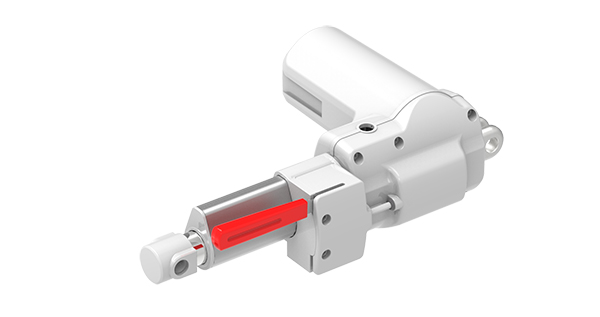
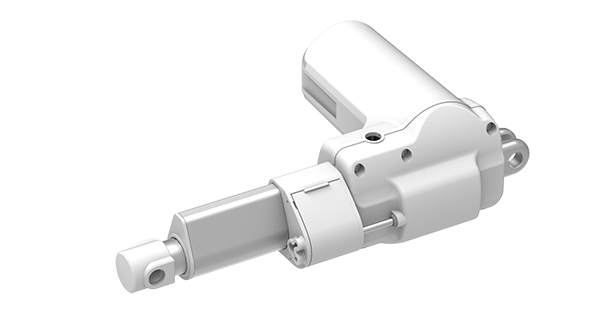
F. Manual Release
The manual release is designed primarily for a medical patient hoist system. The manual release allows the extension tube (inner tube) to release from the front attachment (clevis) and spin freely. The manual release allows the linear actuator to back-drive freely and for a patient to be manually lowered from the patient hoist system. This feature can be easily customized in our TA23 and TA37 models.
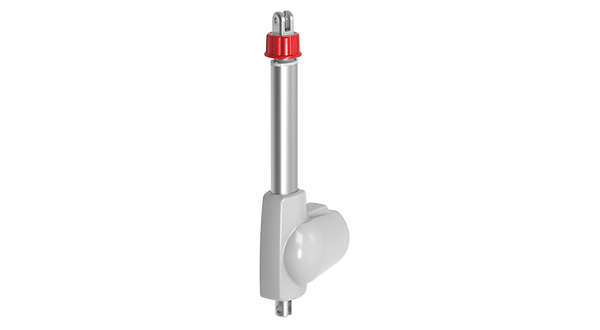
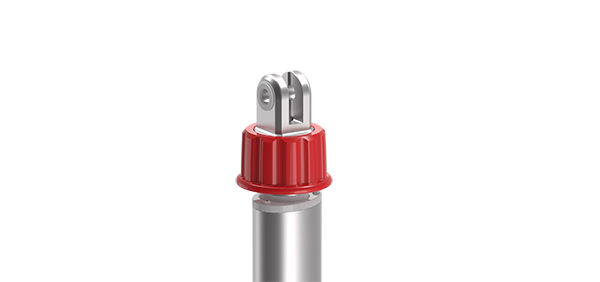
G. Manual Crank
The manual crank is a safety feature designed mainly for the medical industry. It allows a medical practitioner to manually operate the bed position in case of emergency or power outages. TiMOTION's TA10 medical actuators have the manual crank option to customize depending on the customer's application needs.
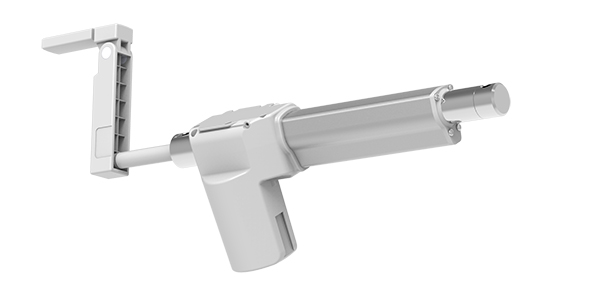
H. Spindle Brake
A spindle brake is installed and wrapped around the worm gear. It is a unidirectional no-back type brake activated automatically by pinion winding and then released when the motor turns.
I. Motor Brake
The motor brake is installed either on the top or bottom of the motor shaft. It depends on whether the application will be pushing or pulling the load. The motor brake gives the electric actuator the added durability that enhances the self-locking force of the actuator. Since TiMOTION manufactures durable products, most of our electric actuators come standard with a motor brake.
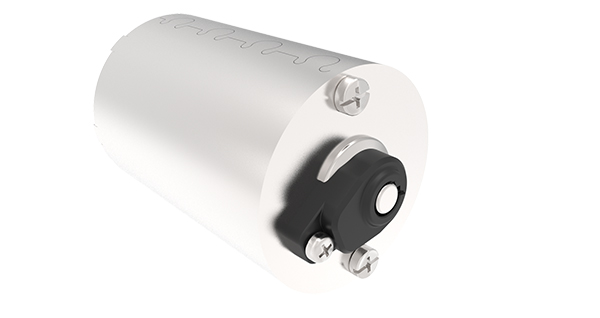
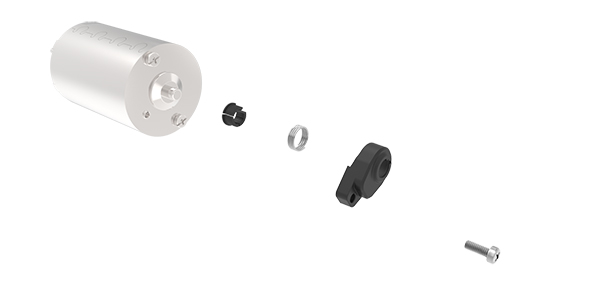
J. Electromagnetic Brake
The electromechanical brake slows or stops the motor using electromagnetic force to apply mechanical resistance to the spindle. The electromechanical brake is also installed on the bottom of the motor shaft. This is another excellent safety feature option on our MA1 industrial linear actuator
K. Mechanical Brake
A mechanical brake can be added to enhance the stability of the actuator and reduce current usage in case of back drive.
We hope this has helped you develop a better understanding and foundation for electric linear actuators. Next, we will explain the various load and speed characteristics of an actuator that can be adjusted to meet the applications’ needs. If you have further questions and/or would like help with your next application, TiMOTION would be glad to assist you. We specialize in partnering with our clients while providing quality solutions for their linear motion system needs.
|
Further reading: |
|
|
→ |
|
|
→ |
|
|
→ |
|
|
→ |
Part 5: Dustproof And Waterproof Linear Actuator's IP Rating |
|
→ |
|
|
→ |
|
|
→ |
|
|
→ |
Advantages And Drawbacks Of Three Types Of Actuator Systems: Pneumatic, Hydraulic, And Electric |










